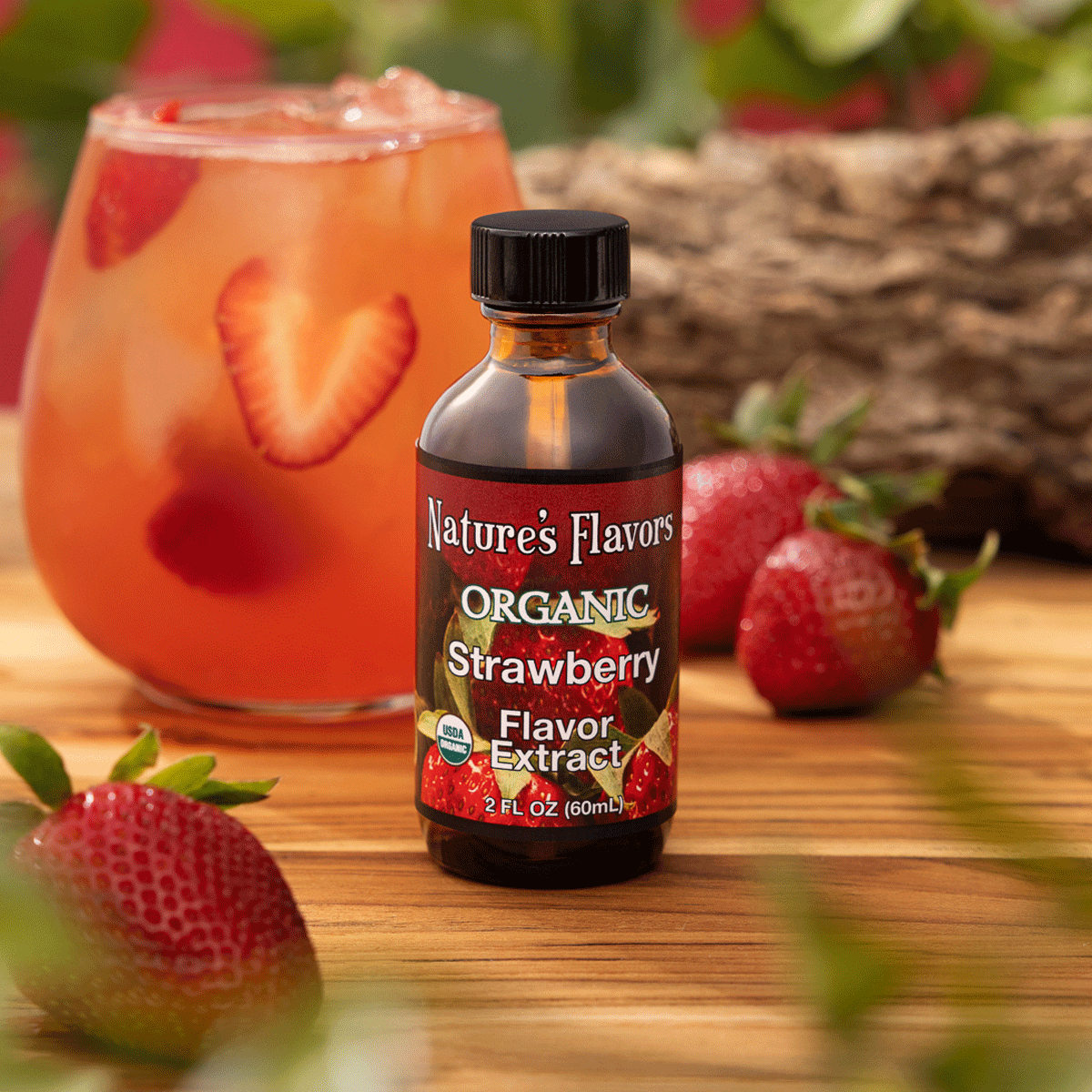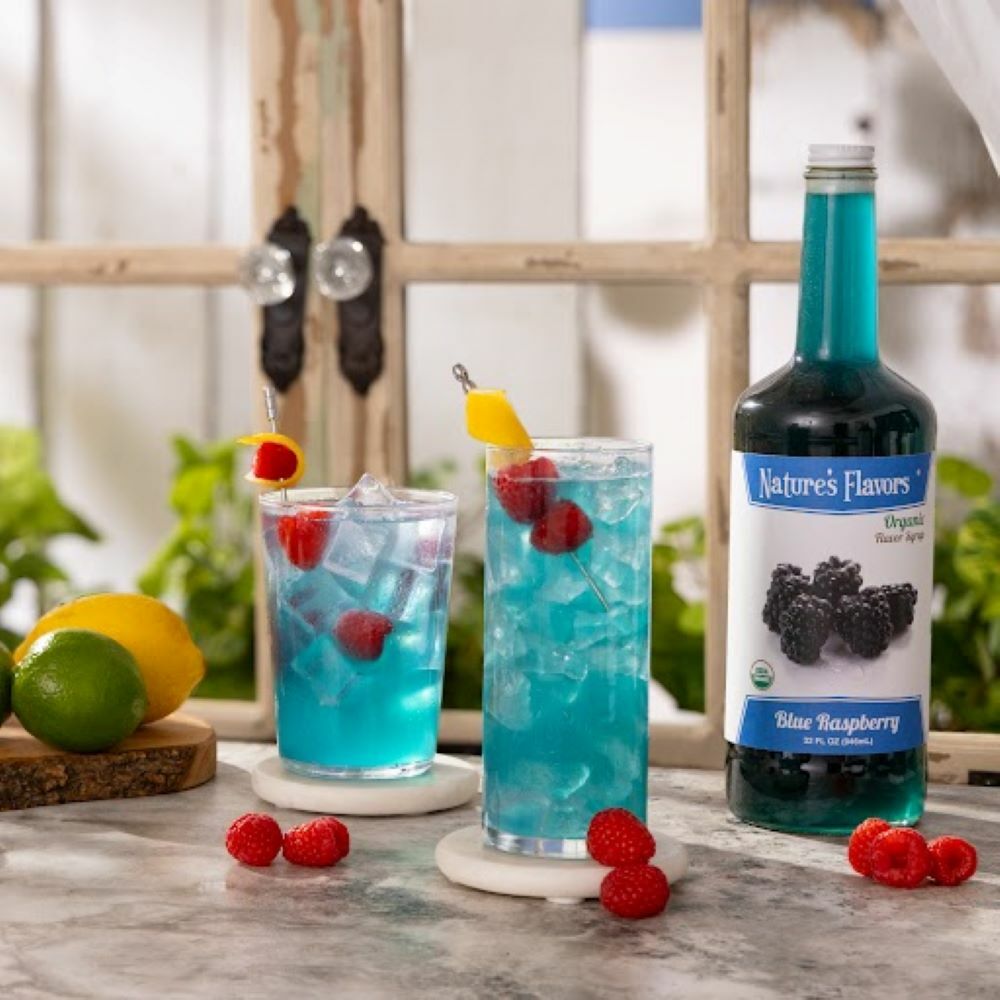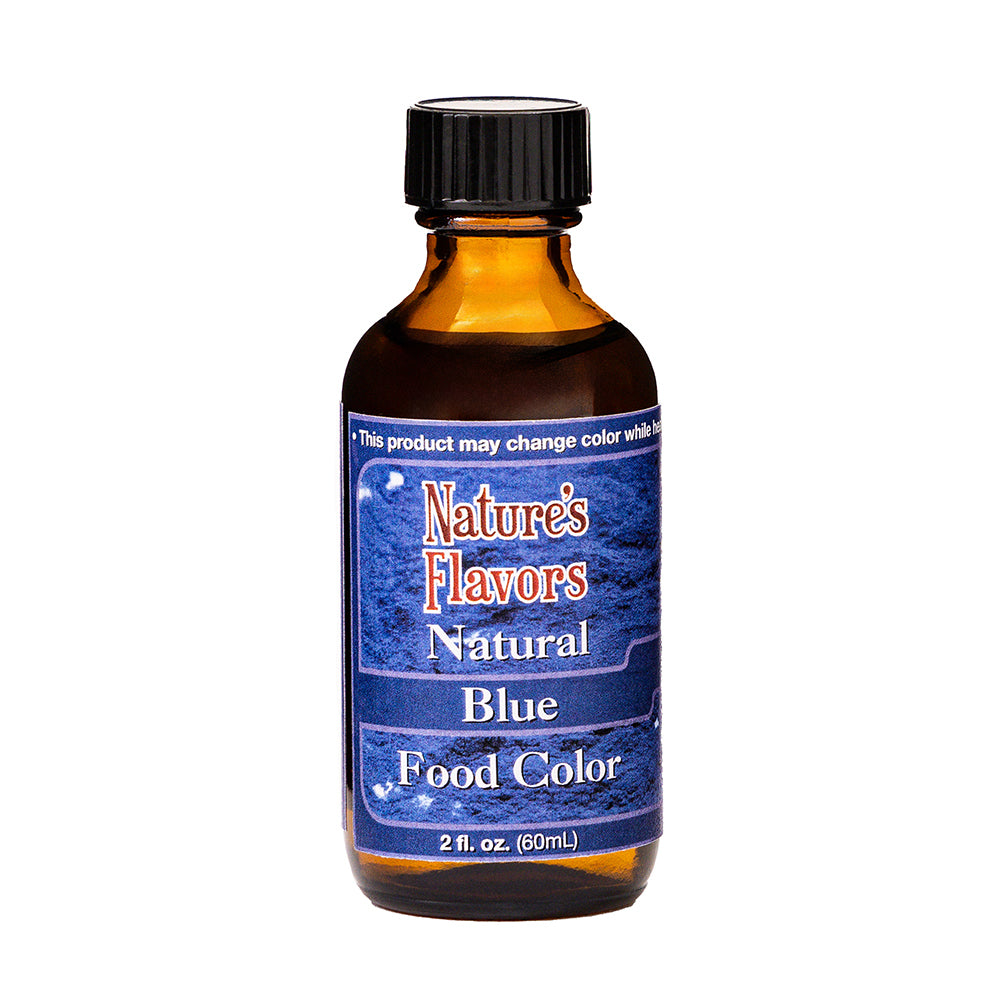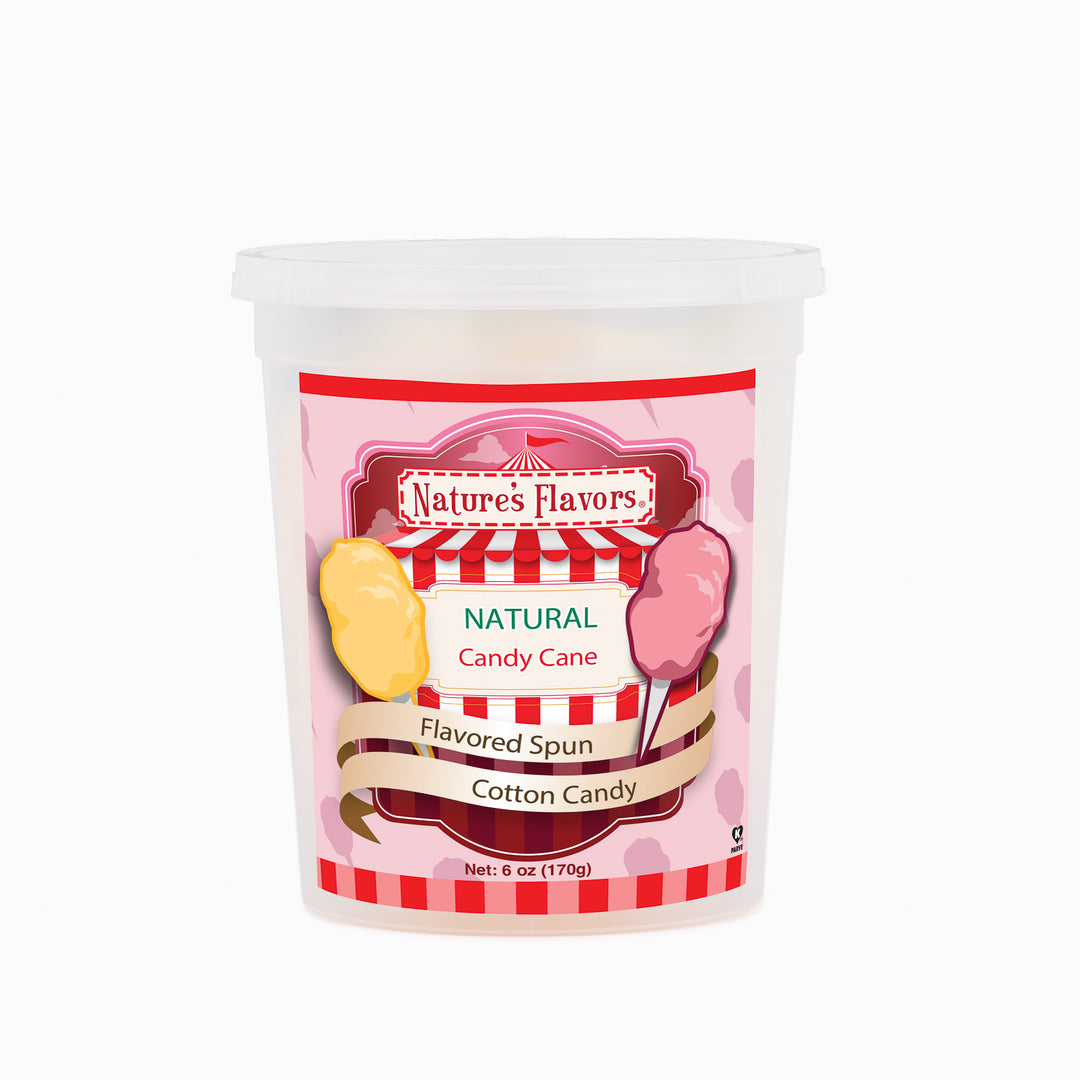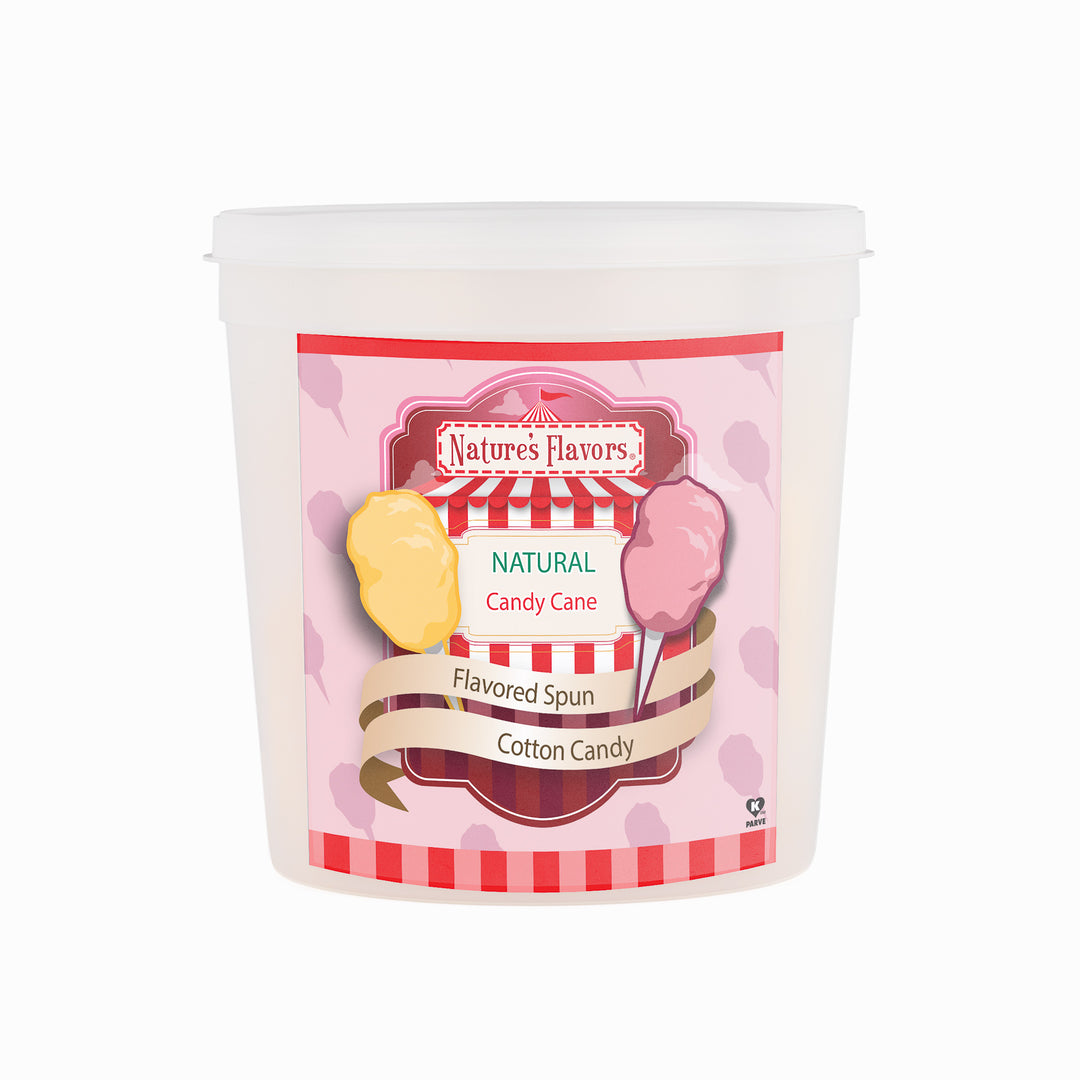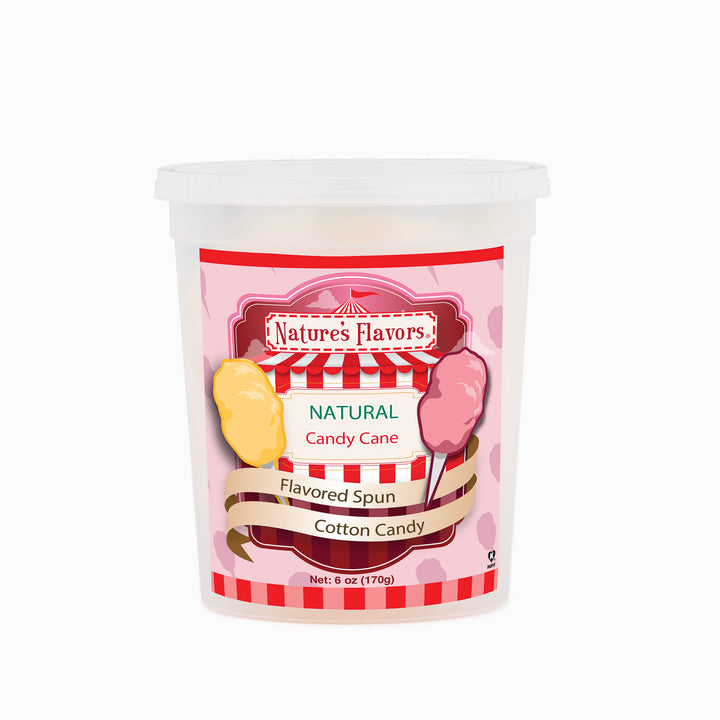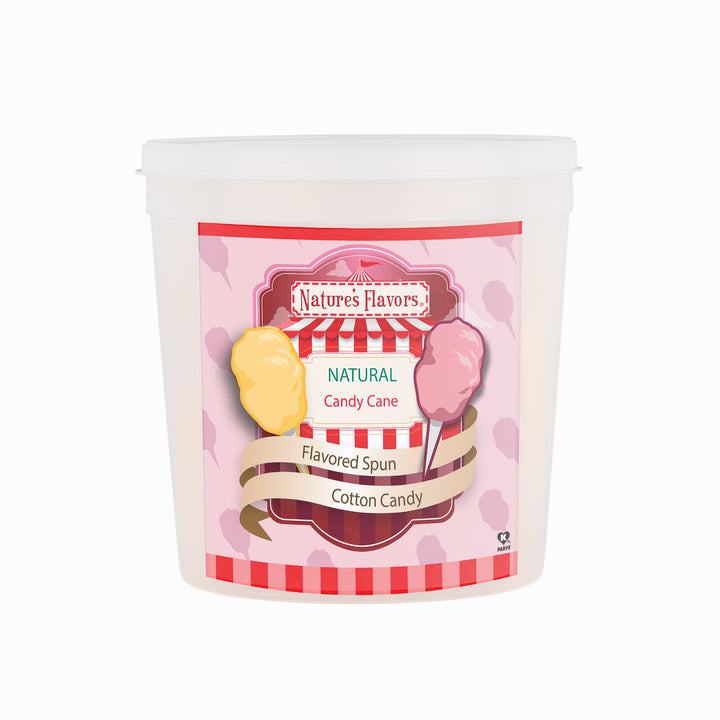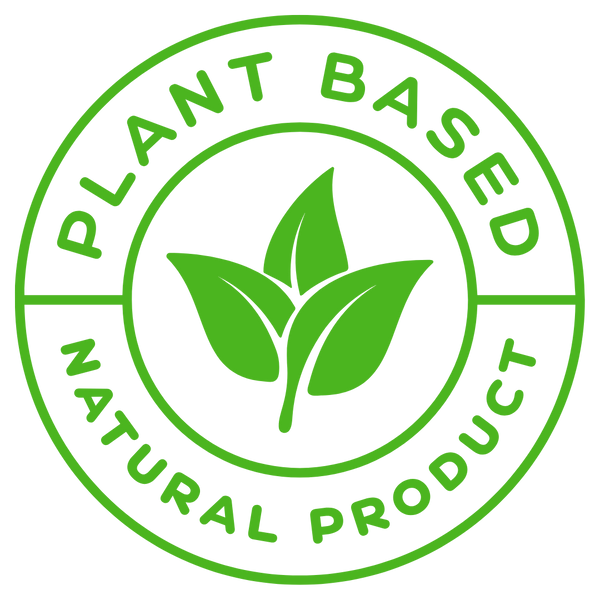Candy Cane Cotton Candy flavor concentrate is a specialized ingredient formulated for commercial food manufacturers, product development teams, and culinary professionals. This concentrate combines the refreshing mint notes of candy canes with the sweet, airy characteristics of spun sugar confections. The flavor profile features cool peppermint undertones balanced with delicate sweetness, creating a distinctive taste experience reminiscent of seasonal treats and fairground favorites.
Applications:
This flavor concentrate integrates seamlessly into numerous food categories and manufacturing processes. Confectionery manufacturers utilize it in hard candies, chocolate formulations, and gum products. Bakery applications include incorporation into cookie dough, cake batters, and frosting systems. Beverage producers can add it to seasonal drink formulations, frozen cocktails, and flavored milk products. The concentrate also performs well in frozen dessert bases, yogurt formulations, and specialty sauce preparations, providing manufacturers with extensive formulation possibilities.
Benefits:
The concentrate format ensures batch-to-batch consistency in flavor delivery, supporting quality control requirements in commercial production. Its concentrated nature allows for economical usage rates while achieving desired flavor intensity. The ingredient supports clean labeling objectives by providing recognizable flavor characteristics. Manufacturers benefit from reduced inventory requirements and simplified formulation processes compared to multiple individual flavor components.
Versatility:
The concentrate's formulation allows for precise flavor control across different application methods and processing conditions. Small dosage requirements enable cost-effective flavor enhancement while maintaining flexibility for recipe development. Food technologists can adjust concentration levels to create subtle background notes or prominent flavor statements. This adaptability supports seasonal product launches and limited-edition formulations targeting specific market segments.
Quality Assurance:
Manufacturing processes follow established food safety protocols and quality management systems. Each production batch undergoes analytical testing to verify flavor consistency, purity standards, and specification compliance. Documentation systems track ingredient sourcing and processing parameters, supporting traceability requirements for commercial food production environments.
Sustainability:
Production practices incorporate responsible sourcing principles and resource-efficient manufacturing methods. Packaging materials are selected to minimize environmental impact while maintaining product integrity. These practices align with corporate sustainability initiatives and support manufacturers seeking environmentally conscious ingredient options for their product portfolios.


